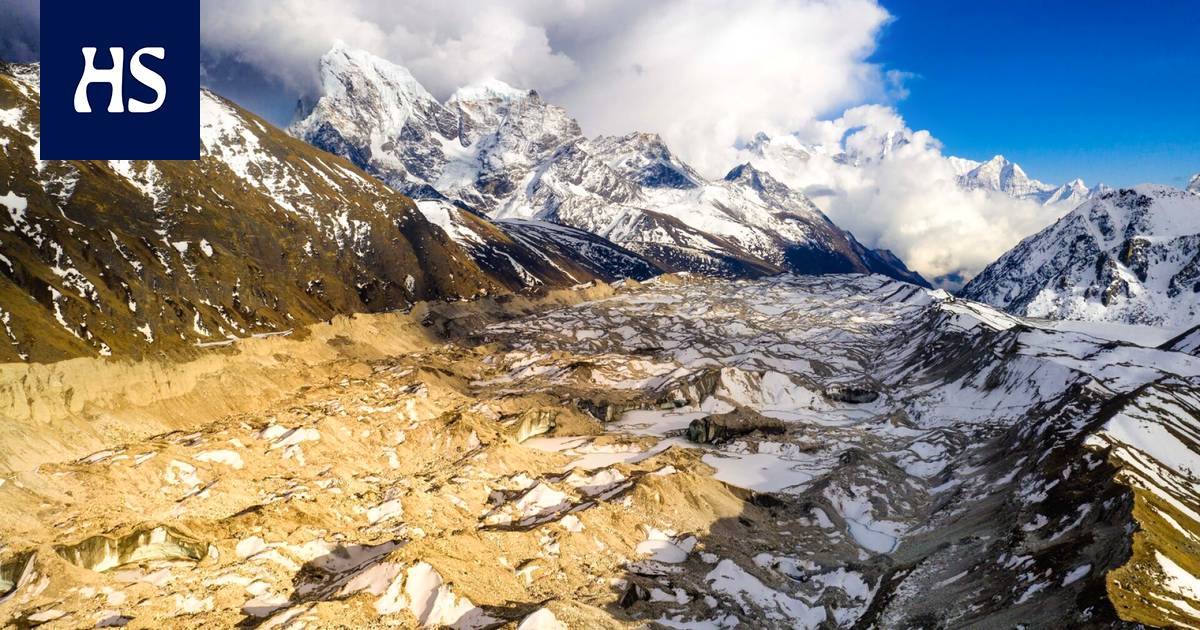With restrictions on movement, passions flared as people realized the potential threat of warming to the Himalayan glaciers. If carbon dioxide emissions are not controlled, these glaciers could completely melt in this century. Even if warming is limited to one and a half degrees, a significant portion of the glaciers may disappear. The melting will continue at some pace due to the long-lasting effects of carbon dioxide already in the air. Faster means of protection need to be found to preserve these glaciers, as they serve as sources for ten major rivers in Asia, providing water for millions of people.
The snowmelt from the Himalayas and Tibetan highlands meets half of the annual water needs of four billion people. If air pollution, particularly black carbon, is reduced in the region, the loss of snow could slow significantly. During the corona pandemic, when pollution levels decreased, the melting of snow decreased by up to 50% in some areas of the Himalayas. Protecting snow cover through reduced pollution could also slow down glacier shrinkage, as the snow forms new ice on the glaciers.
Detailed measurements and calculations by researchers have shown the impact of pollution on snow and glacier preservation. By reducing soot levels in the air, the brightness of snow surfaces increases, slowing down melting. This has been observed in the Himalayas during periods of reduced pollution. The preservation of snow and glaciers is crucial for maintaining water sources in the region, and efforts to reduce pollution could help protect these vital ecosystems.
